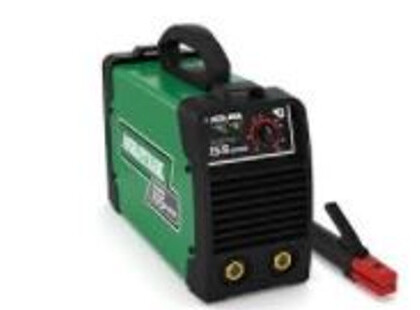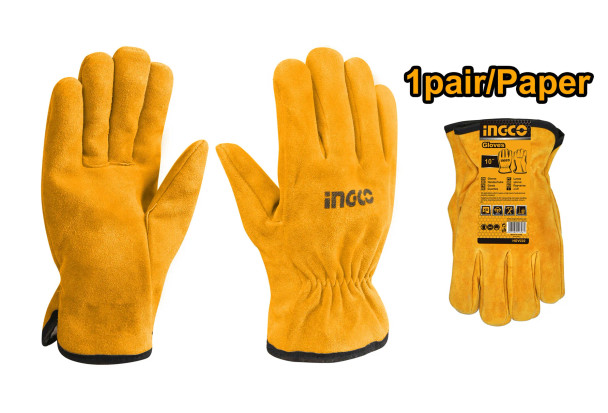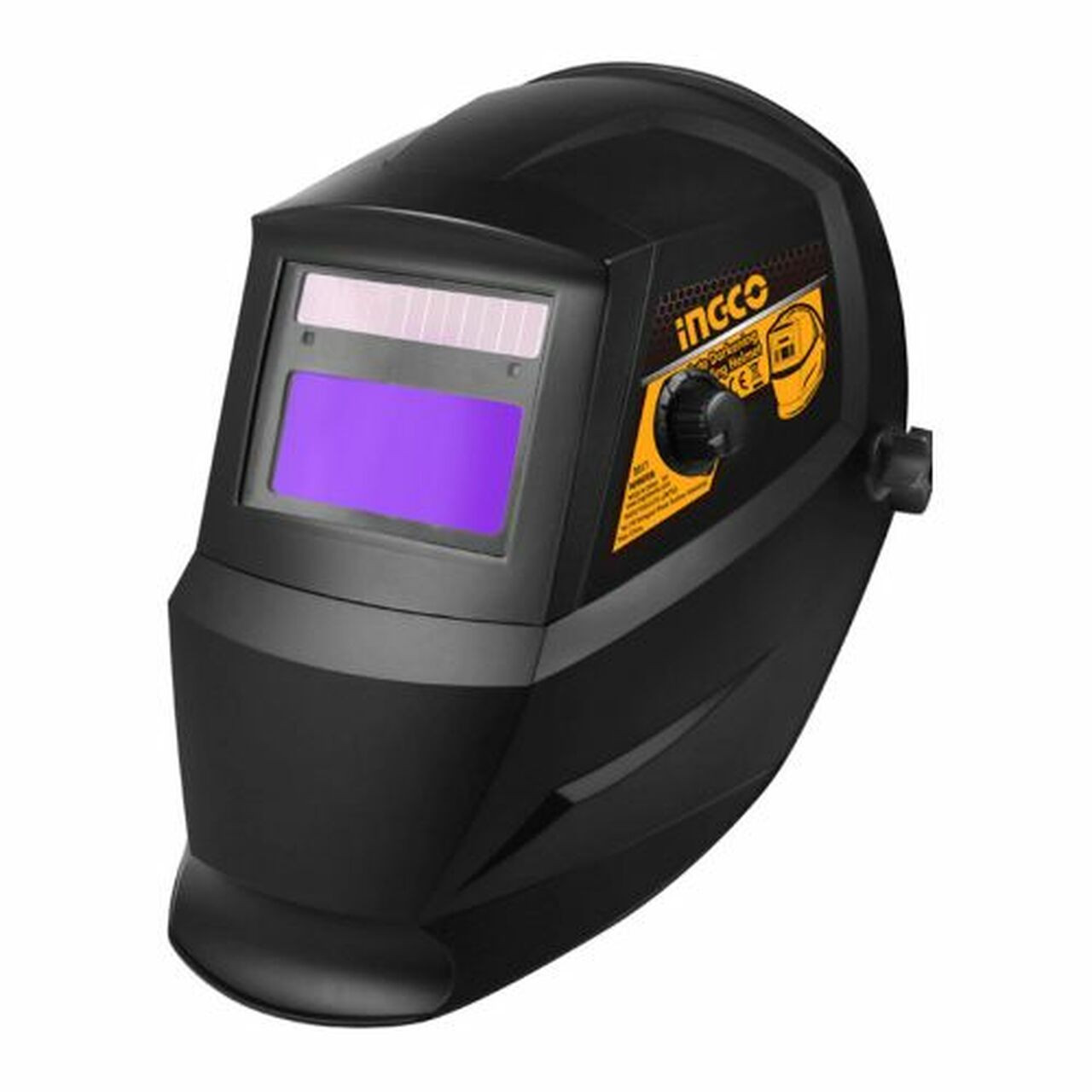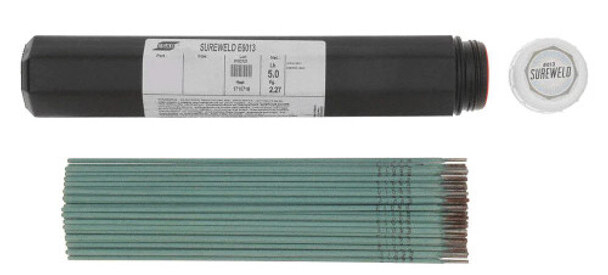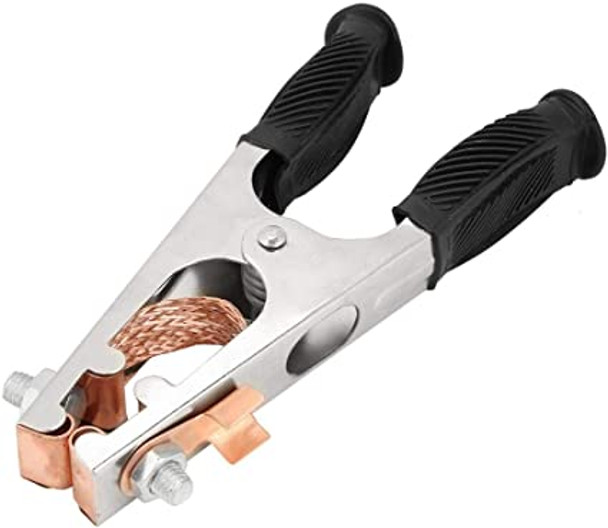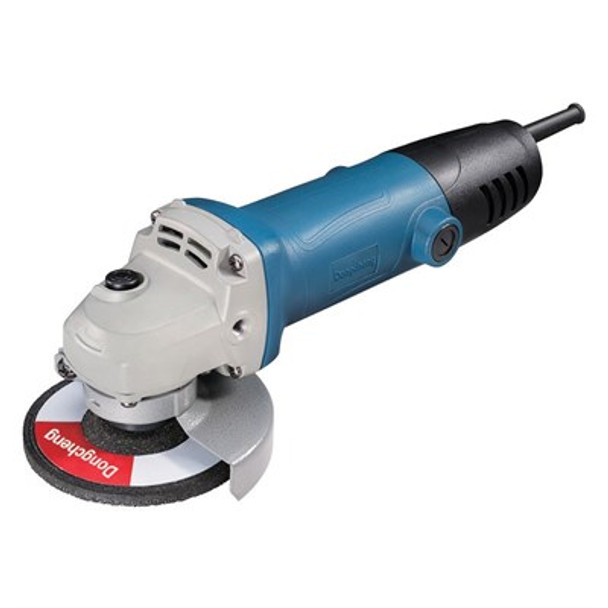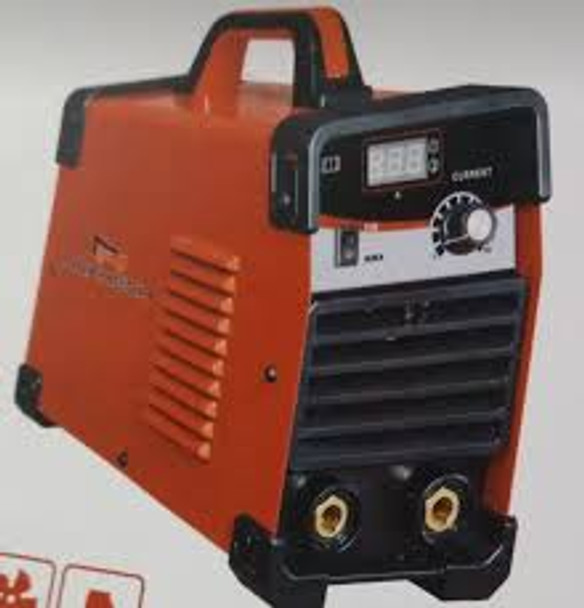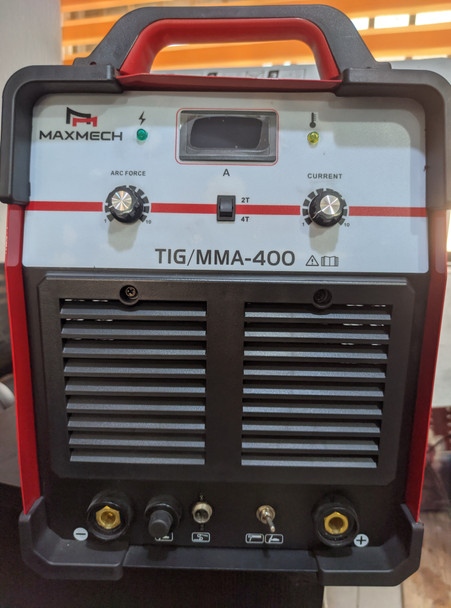Beginner's Guide: Basic Welding Techniques and How to Master Them
Are you a beginner looking to delve into the world of welding? We've got you covered! In this comprehensive beginner's guide, we will walk you through the basic welding techniques and help you master them with confidence. Whether you're interested in pursuing welding as a hobby or considering it as a potential career path, this article will provide you with invaluable insights and practical tips.
Electrical welding machine Inverter 155 Super Askaynak
From understanding the different types of welding processes to learning about the essential tools and equipment, we will break down the fundamentals in a clear and concise manner. You'll discover how to create strong and durable welds, overcome common challenges, and ensure safety while working with various materials.
With our step-by-step instructions and expert advice, you'll quickly develop the skills and knowledge necessary to tackle your own welding projects. Whether you're interested in automotive repairs, metal fabrication, or DIY renovations, this guide is a must-have resource for anyone looking to get started in welding. Don't miss out on this opportunity to become a proficient welder – let's dive in and unlock your welding potential today!
Understanding Different Welding Techniques
Welding is a versatile skill that involves joining two or more metal pieces together by applying heat and pressure. There are several welding techniques, each with its own advantages and applications. Let's explore some of the most common ones:
Arc Welding: Also known as stick welding, arc welding uses a power supply to create an electric arc between an electrode and the metals being joined. This technique is widely used in construction, fabrication, and repair work due to its simplicity and versatility.
MIG Welding: Short for Metal Inert Gas welding, MIG welding uses a wire electrode and a shielding gas to create the weld. It's known for its speed and ease of use, making it a popular choice for beginners and professionals alike.
TIG Welding: Tungsten Inert Gas welding, or TIG welding, is a precise technique that produces high-quality welds. It uses a non-consumable tungsten electrode and a separate filler material, making it suitable for thin materials and intricate projects.
Whatever welding technique you choose, it's essential to understand the principles and applications behind each one. Take the time to research and experiment with different techniques to find the one that suits your needs and preferences.
Welding Leather gloves - INGCO HGVW02
Safety Precautions for Welding
Safety should be your top priority when it comes to welding. The process involves heat, sparks, and fumes that can pose various hazards if not properly managed. Here are some essential safety precautions to keep in mind:
Protective Gear: Always wear appropriate protective gear, including a welding helmet with a darkened lens, flame-resistant clothing, gloves, and safety goggles. These items will shield you from sparks, UV radiation, and flying debris.
Ventilation: Ensure proper ventilation in your workspace to prevent the accumulation of harmful fumes and gases. If working indoors, use exhaust fans or open windows and doors to maintain a steady airflow.
Fire Safety: Have a fire extinguisher nearby and know how to use it. Keep your work area free from flammable materials and have a fire-resistant blanket or a bucket of sand within reach.
Remember, welding can be hazardous if not approached with caution. Follow these safety precautions and always prioritize your well-being and that of others around you.
Welding Equipment and Tools
To get started with welding, you'll need the right tools and equipment. Here are some essentials you should have in your arsenal:
Welding Machine: The heart of your setup, a welding machine generates the necessary heat and power for the welding process. Choose a machine suitable for your preferred welding technique and the type of materials you'll be working with.
Welding Helmet: A welding helmet protects your eyes and face from the intense light, heat, and sparks produced during welding. Look for a helmet with an auto-darkening feature for enhanced convenience.
INGCO Auto Darkening Welding Helmet AHM008
Electrodes: Depending on your chosen welding technique, you'll need specific electrodes or welding wires. These consumable materials act as a filler to create the weld.
Esab Stick Welding Electrode 3/32 x 14in 5kg E6013 Sureweld series
Clamps: Clamps are essential for holding the metal pieces in place during welding. They ensure stability and accuracy while you work.
Hellog Welding Ground Clamp 500A, Electroplated Welding
Grinder and Wire Brush: A grinder and wire brush help prepare the metal surfaces by removing rust, paint, and other contaminants. They also assist in cleaning the weld after it's completed.
DongCheng Angle Grinder 710W 115mm DSM02-115
Investing in good-quality equipment and tools will not only enhance your welding experience but also contribute to the quality and durability of your welds. Take the time to research and choose wisely.
Setting Up Your Welding Workspace
Creating a suitable workspace is crucial for a safe and efficient welding process. Here are some key considerations when setting up your welding area:
Location: Choose a well-ventilated area, preferably outdoors, to minimize exposure to fumes and gases. If working indoors, ensure adequate ventilation and consider using a fume extractor.
Workbench: Set up a sturdy workbench or welding table that provides a stable surface for your welding projects. Make sure it's at a comfortable height and has enough space for your equipment and materials.
Safety Measures: Install fire-resistant screens or curtains around your work area to protect nearby objects and people from sparks and heat. Keep flammable materials away from your welding station.
Storage: Have designated storage areas for your welding equipment, tools, and consumables. This will help keep your workspace organized and minimize the risk of accidents or damage.
Once you have your welding workspace set up, ensure it remains clean and clutter-free. Regularly inspect your equipment and maintain a tidy working environment to promote safety and efficiency.
Mastering Basic Welding Techniques
Now that you have a solid understanding of the different welding techniques and have set up your workspace, it's time to delve into mastering the basic welding skills. Here's a step-by-step guide to get you started:
Prepare the Metal: Ensure the metal surfaces you plan to weld are clean, free from rust, paint, and contaminants. Use a grinder or wire brush to remove any impurities.
Choose the Right Settings: Adjust your welding machine settings according to the type and thickness of the metal you're working with. Refer to the machine's manual for specific guidelines.
Position and Tack Weld: Position the metal pieces to be joined and use clamps or magnets to hold them in place. Perform a tack weld to secure the pieces temporarily before proceeding with the full weld.
Strike an Arc: Start the welding process by striking an arc between the electrode or welding wire and the metal surface. Maintain a consistent arc length and angle for optimal weld quality.
Control the Weld Pool: Focus on controlling the weld pool by moving the electrode or wire in a steady and controlled manner. Maintain a suitable travel speed to achieve a smooth and even weld bead.
Fill the Joint: Gradually fill the joint with the electrode or wire, ensuring proper penetration and fusion between the metal pieces. Pay attention to the heat input and adjust as necessary.
Cool and Inspect: Allow the weld to cool naturally and inspect it for any defects or inconsistencies. Use a wire brush to clean the weld and remove any slag or spatter.
By following these basic steps and practicing regularly, you'll develop the necessary skills and confidence to create strong and durable welds. Remember, patience and persistence are key to mastering any new skill.
Maxmech Inverter Welding Machine MMA - 200
Common Welding Mistakes and How to Avoid Them
Even the most experienced welders make mistakes from time to time. Learning from these mistakes is essential for growth and improvement. Here are some common welding mistakes and tips to avoid them:
Inconsistent Arc Length: Maintaining a consistent arc length is crucial for producing high-quality welds. Practice controlling the arc length and adjust your hand movements accordingly.
Improper Travel Speed: Welding too fast or too slow can result in weak or uneven welds. Find the right balance and maintain a steady travel speed throughout the welding process.
Lack of Fusion: Insufficient heat or incorrect technique can lead to lack of fusion between the metal pieces. Ensure proper penetration and fusion by adjusting the settings and practicing proper techniques.
Incomplete Joint Preparation: Neglecting to clean and prepare the metal surfaces adequately can result in poor weld quality. Take the time to remove rust, paint, and contaminants before welding.
Not Following Safety Precautions: Safety should never be compromised. Always wear protective gear, maintain proper ventilation, and follow safety guidelines to protect yourself and others. By being aware of these common mistakes and implementing the necessary precautions, you'll be well on your way to achieving consistent and high-quality welds.
Welding Projects for Beginners
Putting your newly acquired welding skills into practice is an exciting way to further develop your expertise. Here are a few beginner-friendly welding projects to get you started:
Metal Art: Create unique sculptures or wall art using various metal pieces and welding techniques. Let your creativity flow and experiment with different designs.
Garden Trellis: Build a sturdy and decorative trellis for your garden using metal rods or pipes. It's a practical and aesthetically pleasing addition to any outdoor space.
Tool Rack: Construct a custom tool rack to keep your welding equipment and tools organized. It'll save you time and ensure everything is readily accessible.
Simple Furniture: Start with small furniture projects like side tables, stools, or plant stands. Welding allows you to design and build custom pieces that fit your exact specifications.
Remember to start with small and manageable projects to gain confidence and hone your skills. As you progress, you can take on more complex and ambitious designs.
Maxmech Inverter Welding Machine TIG/MMA-400
Advanced Welding Techniques to Explore
Once you've mastered the basics, you may want to explore more advanced welding techniques to expand your capabilities. Here are a few techniques worth exploring:
Aluminum Welding: Aluminum welding requires specialized techniques due to the metal's unique properties. TIG welding is commonly used for aluminum projects, allowing for precise control and clean welds.
Pipe Welding: Pipe welding involves joining metal pipes together, commonly used in plumbing, construction, and industrial applications. It requires specific techniques to ensure proper alignment and weld quality.
Stainless Steel Welding: Stainless steel welding demands attention to detail and specific techniques to prevent contamination and achieve strong, corrosion-resistant welds.
Automotive Welding: Automotive welding involves repairing or fabricating metal components for vehicles. It requires a combination of techniques, such as MIG and spot welding, to ensure structural integrity.
While these advanced techniques may seem challenging at first, they offer exciting opportunities to expand your skill set and take on more specialized projects. Take your time to research and practice under the guidance of experienced welders or instructors.
Conclusion
Congratulations! You've completed our beginner's guide to basic welding techniques. By now, you should have a solid foundation in understanding different welding processes, ensuring safety, selecting the right equipment, and mastering basic welding skills.
Remember, welding is a lifelong learning experience. The more you practice and explore different techniques, the more proficient you'll become. Embrace new challenges, seek guidance from experienced welders, and continue to expand your knowledge.
As you progress in your welding journey, consider taking advanced courses or certifications to further enhance your skills and open up new opportunities. Welding is a versatile and rewarding skill that can lead to exciting career paths or fulfilling hobbies.
Contact us today to get professional guidance, remember, safety and patience are key. As you gain experience, you'll become more comfortable and proficient in various welding techniques.
Related Articles:
Case Study: How Quality Welding Equipment Improves Efficiency in Projects
Where to buy welding equipment in Nigeria Near me
How to Choose the Best Arc Welding Machine
Are you buying a welding machine for the first time


